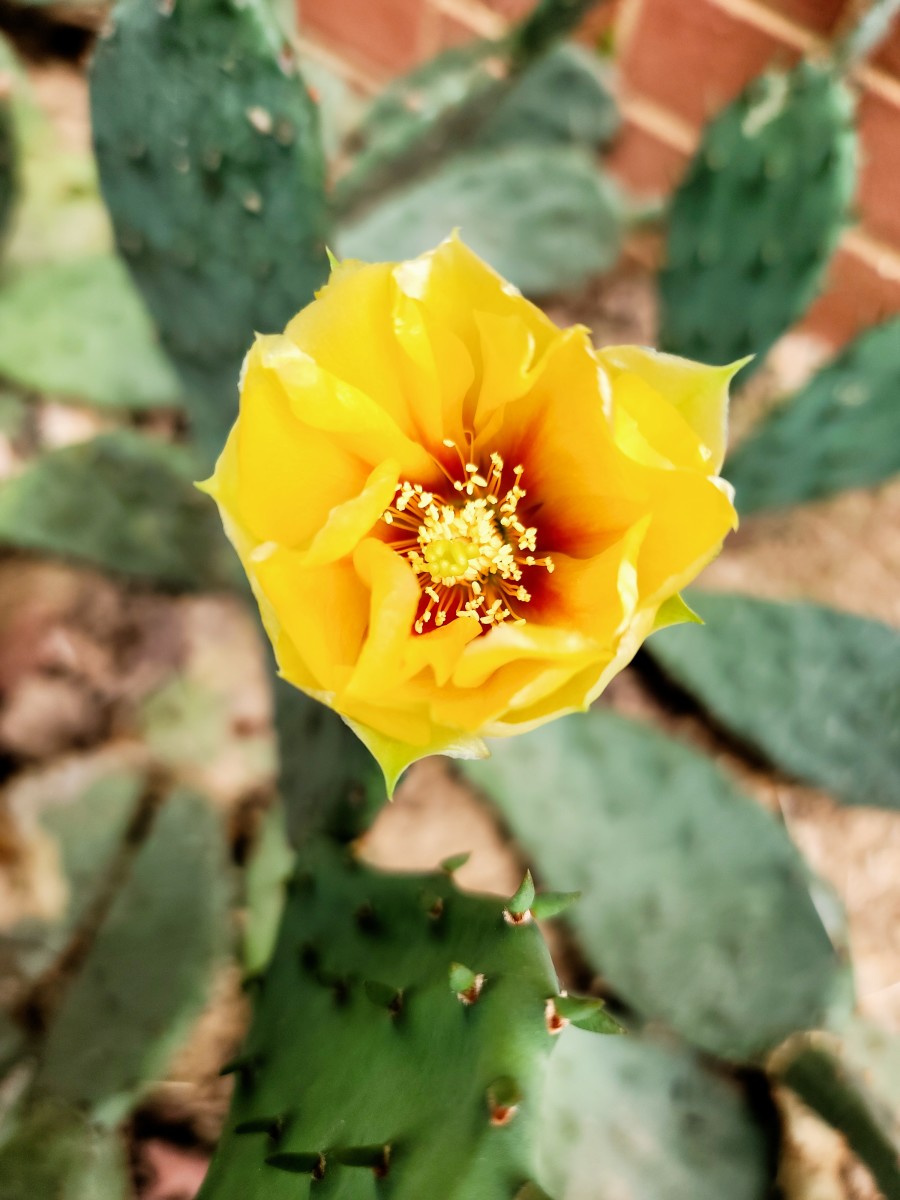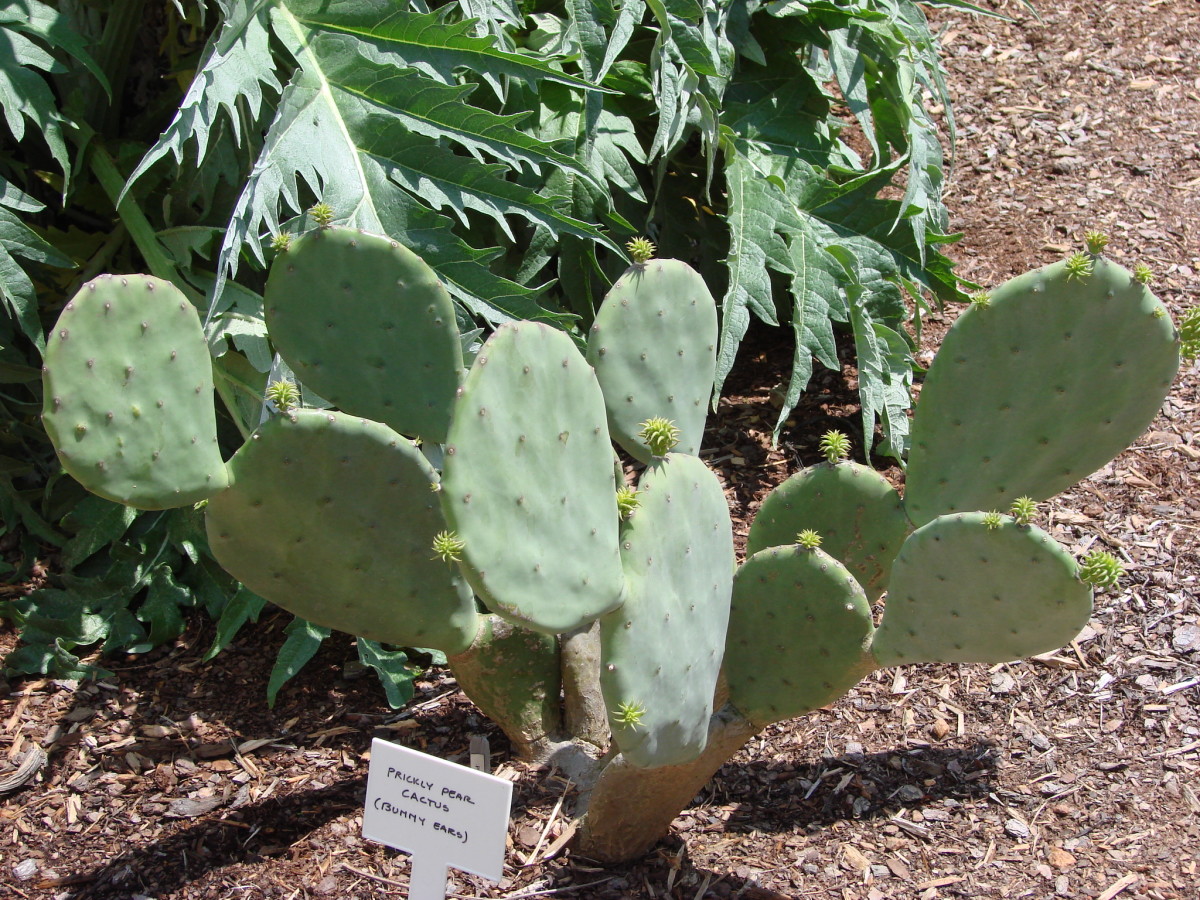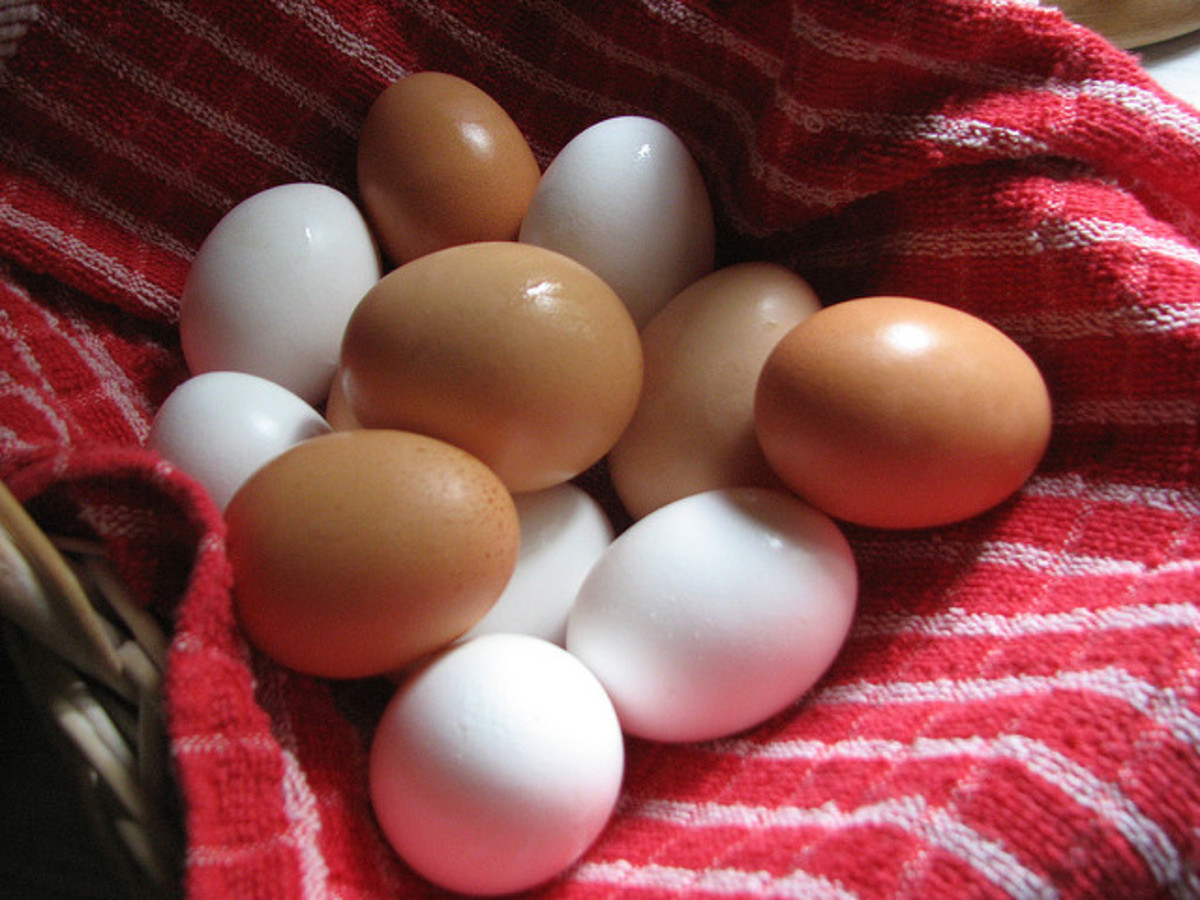Nopal Cactus Otherwise Known As Nopales Or Prickly Pear
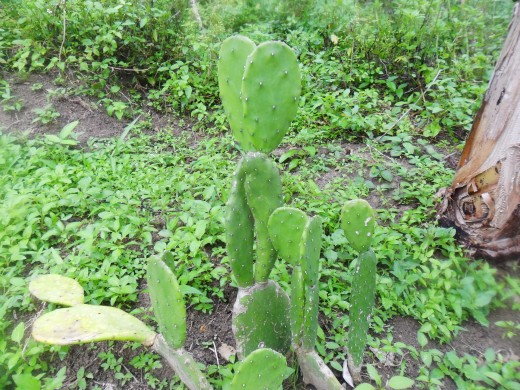
Let’s talk about Nopal cactus also commonly known as prickly pear. The fleshy part of the nopal cactus/prickly pear is used in many cuisines as vegetable. The prickly pear's real name is Opuntia which comes from the cactus family. Other names for the Opuntia are Nopales or Paddle Cactus.
However, in Jamaica this vegetable or cactus plant is known as “tuna”. Here in our island we have many uses for nopal cactus but many locals do not know it can be eaten.
Some of the uses of prickly pear in Jamaica are:
- Hair treatment for dry or damaged hair
- skin treatment for pimples or sores
- The juices are good for back pain when drunk
- Squeeze some in the eye to relieve conjunctivitis
- Soothes burns and rashes
What is Nopal Cactus?
The Nopal cactus is a member of the cactus family, Cactaceae. As you can see from the photos above and below they usually are flat and somewhat oval shaped with the glochids or spines pushing out through what could be termed as eyes. Some are more spiny than others. For instance the one in my yard isn't very spiny at all but the eyes are still there.
The trees can grow quite large and they tend to multiply on their own. One paddle can give you a large tree as it is easy to take root. All you have to do is stick one paddle in the ground and wait.
Prickly pears are found near dry areas mainly in the western parts of the US such as Colorado and Arizona. Many species have also been found in Mexico as well.
The prickly pear was brought from Brazil and taken to Australia in 1788 as well, so this makes the cactus a very popular one that can be found all over the western hemisphere. Many people have been using this for medicine for centuries and recent studies have proven many of the benefits.
Nopal Nutrition facts: Serving size - 1 cup raw prickly pear cactus
Nutrient
| Amount per serving
| % of daily requirement
|
|---|---|---|
Calories
| 14
| |
Protein
| 1 gram
| 2.2
|
Fat
| 0.1 gram
| less than 1%
|
Carbs
| 2.9 grams
| 1 %
|
Vitamin A
| 13%
| |
Vitamin C
| 13%
| |
Calcium
| 14
| |
Magnesium
| 11
| |
Vitamin B-6
| 5
| |
Sodium
| 18 grams
| less than 1%
|
Fiber
| 2 grams
| 5%
|
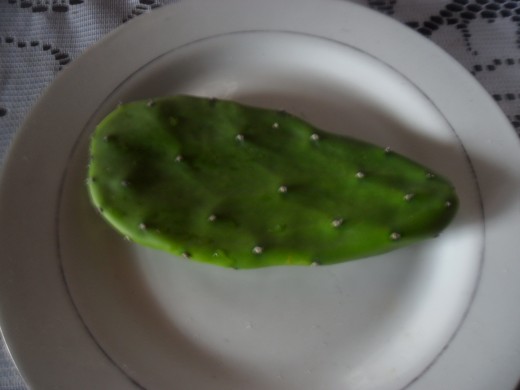
To some people the prickly pear would seem like it was not very valuable nutritionally but when you think about it, it is a very valuable vegetable to have in your diet if you want to lose weight or just eat healthy.
It has a low caloric and sodium level which means you can eat it without feeling guilty or it affecting your weight negatively. You will also get the added benefits of adding some fibre to your diet along with vitamin A, C and calcium
People are always concerned with their sodium intake. I for one am hypertensive and am concerned about the foods I eat. Having a vegetable that is low in sodium, fat and carb is ideal for any diet.
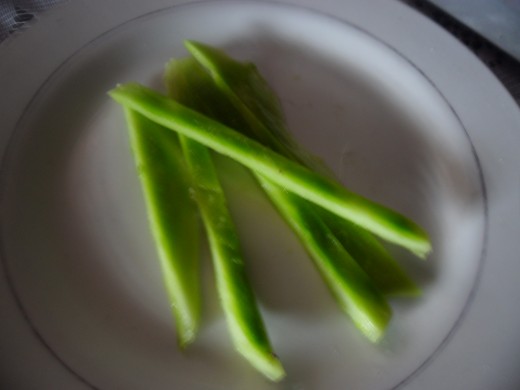
Prickly Pear medicinal value
Diabetes: The prickly pear cactus or nopal cactus contains pectin, which helps to lower blood glucose by reducing the absorption of the sugar content in the stomach. The fact that the nopal cactus is low carb also means that it is great for diabetics.
Fiber: Not only does it contain pectin but loads of soluble and non soluble fiber. Fiber is essential for colon and digestive health. Studies have also shown that soluble fiber helps to reduce bad cholesterol and allows elevation of good cholesterol in the blood.
Antioxidant: A research done at the University of Palermo showed that the prickly pear cactus has very positive antioxidant properties. It was discovered that persons having the cactus in their diets greatly reduced the risk of age related and diseases bearing oxidants.
Anti-inflammatory: Another research showed that nopal cactus had a positive effect in the reduction of inflammation. This report was published in March 2001, researched by the College of Pharmacy, Sookmyung Women's University, Seoul, Korea.
How to use the Nopal Cactus
The Nopal cactus can be eaten in salads, steamed or made into juice. It is best to have the nopal cactus in its most natural state but you must make sure that the skin of the vegetable is completely removed.
The skin of the cactus must be thoroughly removed to reduce the risk of discomfort from ingesting glochids. The glochids are the spiny or hairy prickly stuff on the skin. This can cause discomfort in the throat, tongue and lips. The spine will lodge easily in the flesh and can cause swelling and rashes.
Ways to use:
- Salads
- Stews
- Stir fry
- Juice - extract juice from
- Water - set the flesh in some water for a while and strain.


